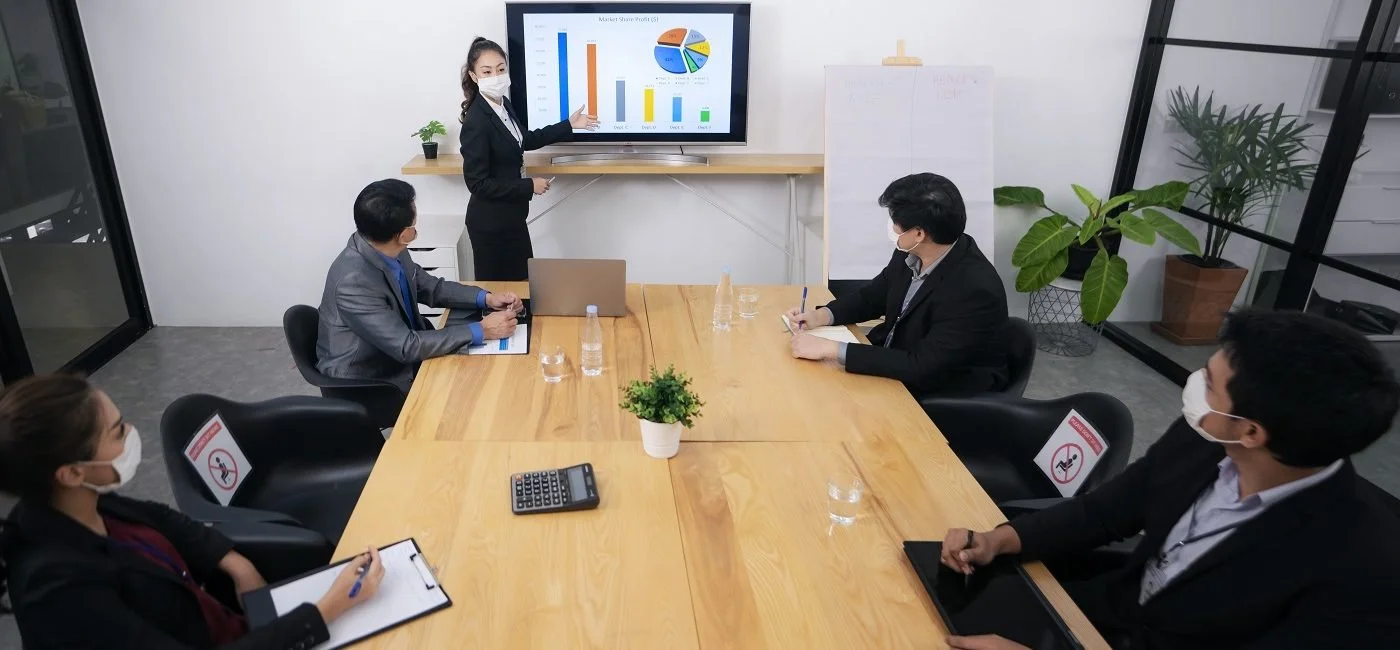After a few months of remote work, hunkering down and waiting out the COVID-19 pandemic, your customers have started to ask about new videoconferencing and collaboration systems. Now, many of you have resumed that work to prepare your customers for the return back to the office while supporting some hybrid work.
The pandemic forced those customers to the cloud and injected some turbo fuel into their digital transformation. According to a recent McKinsey & Co. study, the average share of North American customer interactions that were digital reached 65% in July 2020, up from 41% in December 2019 and 25% in both May 2018 and June 2017.
An increase in remote work and collaboration was the leading contributor to that acceleration, the study found.
Given this rapid shift in how your customers work and these large technology investments, it’s in everyone’s best interest to ensure end-users are actually using these systems, and are doing so correctly.
This helps maximize the customer’s return on investment and shows the customer how your integration firm can help support their new work model.
The systems must be simple and easy to use
First and foremost, those brand new unified communication and collaboration systems in the conference room must be intuitive and easy to use.
“The systems are only good if the users are comfortable using them,” says Josh Starkey, director of engineering and programming at SKC Communications.
Starkey suggests other integrators continue to design conference room systems around simplicity and ease of use while making the experience similar to that of remote workers for the last year: the ability to easily set up a video call via Zoom, Microsoft Teams or whatever video collaboration app the customer prefers.
The pro AV industry – particularly hardware manufacturers – have stepped up to that challenge with the recent proliferation of bring-your-own-meeting (BYOM) solutions that allow users to run video meetings on large conferencing systems using their own endpoint. In addition to reducing touchpoints that could lead to transmission of viruses, these solutions keep the experience familiar to end users.
Companies like Barco, Logitech, and many more now offer these solutions that also help customers adapt on the fly to different conferencing software, given the influx of videoconferencing and collaboration providers now on the market.
“If the user is not comfortable with their own device, then we’re probably in trouble,” Starkey says. “If we can hand them a single cable and they can connect their personal device or laptop to it and start the meeting just like they would at their desktop in their office, that workflow would be simple.”
Make sure users are familiar with the technology
Zoom, Microsoft Teams, Webex, Google Meet and a host of other conferencing services have been on an advertising blitz since the COVID-19 pandemic began, and it’s not uncommon to see those brand logos at the top right of screens during a remote interview on TV.
However, not everybody works in that corporate environment where facetime and collaboration with employees and customers is critical. Even some of those employees have been slow to adopt videoconferencing.
To make sure the customer is maximizing their ROI and is benefitting from that new system, they first must be comfortable with the software itself, says Evan Landry, Chief Technology Officer at CommLink Integration.
That is particularly true for the education market. For many K-12 schools, videoconferencing was largely never used before last March.
“A lot of the training was surrounding basically just getting them comfortable with the technology,” Landry says.
Landry suggests giving the more tech-savvy employees at customers more responsibility to help train other end users. He also recommended patience, as there tends to be a generational gap when it comes to technology.
With even more apps and services to log in to, remembering passwords has been one of the largest holdups of Landry’s customers, he said.
“Password managers are going to be crucial,” Landry says.
Despite new features, don’t reinvent the wheel when it comes to training
Videoconferencing services and their associated videoconferencing systems are now loaded with new features like breakout rooms, town hall functions, recording, live transcripts, people counters and more.
The UCC space gets most of the attention since that technology has been helping the world stay connected and engaged over the last year, but pro AV is also innovating to offer COVID-19 solutions that require further training.
In the digital signage market, new applications include occupancy limit reminders, public service announcements about social distancing.
However, Joe Michaels, vice president of product development at Tebo Store Fixtures, says training on digital signage systems hasn’t really changed.
One of the easiest ways to ensure end user adoption is to look at the results of digital signage, Michaels said. If digital signage is driving engagement toward a particular product and increasing the customer’s sales of that product, then the ROI is clear.
Similarly for COVID-19 use cases, simply showing and proving how the system is solving a problem will help drive end user adoption.
When training for these systems, it’s important to stick to the fundamentals:
Secure executive buy in. Make sure company leaders are technology adopters and are setting a good example of how to use the new technology.
Communicate the benefits of the new tools. Show the end user how these new tools will help them do their jobs.
Conduct regular training. Especially as software providers launch new features, regular training before, during and after deployment will be critical. To support hybrid workers, consider recording a training session.
“Training is training is training,” Michaels said. “It’s a matter of understanding the weaknesses and the strengths of who you’re training and making sure you get the information across in a way that they can understand and in an engaging way.”
*Original article published on commercialintegrator.com.

